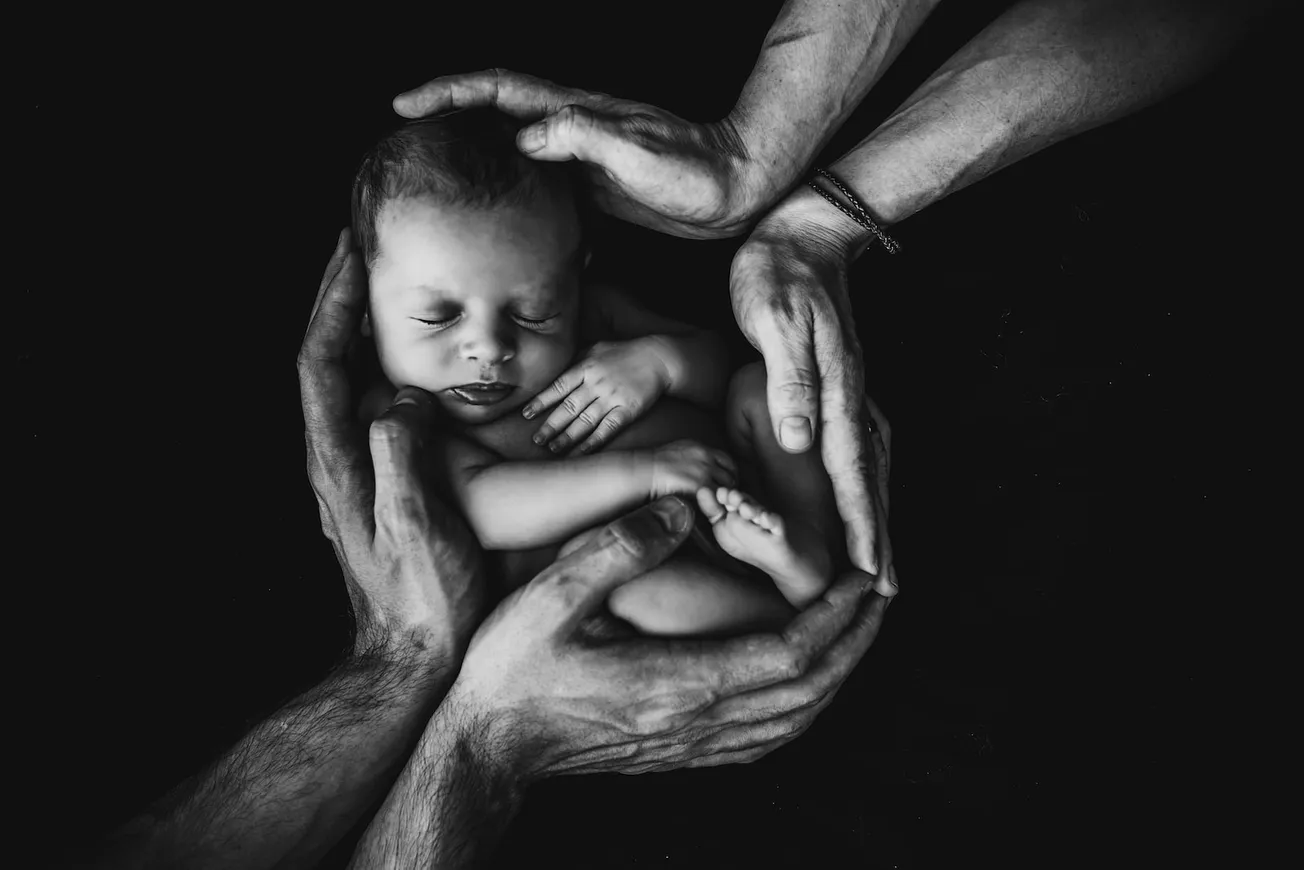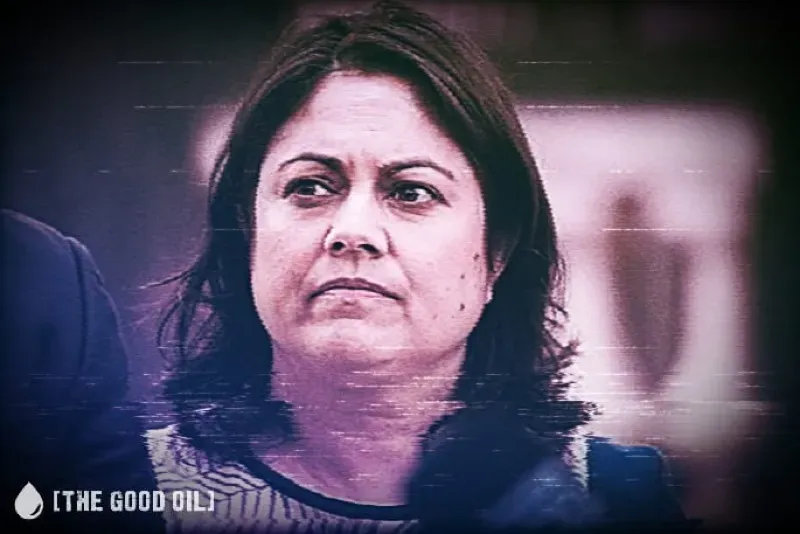Stuff claims a letter was dropped off anonymously to the organization detailing the deaths of 57 children since Oranga Tamariki came into being in 2017. OT’s chief social worker was interviewed by Jack Tame and did not deny the number. It is consistent with the oft-cited historical statistic that every five weeks a child in New Zealand dies from abuse.
There are other consistencies that accompany these deaths. They occur in state houses. The perpetrators are on benefits. The children are already known to Oranga Tamariki. In the latest case of toddler Ruthless-Empire the child was not in the care of OT but “on their books”.
The victims are also disproportionately Maori. Apologists will assert this is because Maori are more likely to suffer from poverty and its causes, for instance, addiction and unemployment. These are hollow excuses for making the lives of totally vulnerable and dependent children miserable and painful. And too often, very short.
But why is this pattern so sickeningly predictable yet seemingly unavoidable?
Ground-breaking research from the Auckland University of Technology (led by Rhema Vaithianathan who is now assisting a number of US jurisdictions applying her work in a practical way) investigated the factors which are common to child abuse and neglect cases. CYF data was linked to multiple administrative records including from the benefit system. A major finding was:
“Of all children having a finding of maltreatment by age 5, 83% are seen on a benefit before age 2.”
In other words, the vast majority of substantiated abuse occurs in the population dependent on benefits. For the 2007 birth cohort, around three-quarters of maltreatment findings by age two involved children of single parents, which provides a clue as to which particular benefit.
Turning to the rates of abuse, the incidence of maltreatment by age 2 was 10% for those children whose caregivers had received a benefit for 80% or more of the past five years. In contrast, for those who had spent no time on a benefit, the finding dropped to 0.3 per cent. The difference is massive. Expressed as a likelihood, the child in the habitually-benefit-dependent home is 33 times more likely to be abused.
Unsurprisingly there are other factors that significantly influence findings. The percentages of children with a substantiated finding by age two with the following circumstances are:
- Other children with a care and protection record in last five years (34.9%)
- Mother or caregiver aged under 25 (53.5%)
- One plus address changes recorded in benefit data in last year (26.1%)
- Single parent (74.3%)
- High deprivation neighbourhood deciles 8-10 (69%)*
The mother of Baby Ru had failed with an earlier child and had only assumed care of her latest when he was around eighteen months; OT was involved to some degree; she is young and moves around. As yet her benefit status is unknown.
So a number of the predictive factors were there.
Back to the research which also produced findings for Maori children separately. Across all of the variables, the incidence of child maltreatment was elevated. Fifty-nine per cent of those born in 2007 and abused by age two were Maori.
So to some degree just being Maori increases the risk. Most Maori children are safe and cherished but their risk of abuse or neglect is higher. Baby Ru also ticked that predictor box. And while abuse statistics are not mortality statistics, abuse is usually the precursor to the death of an infant.
The killing of children has gone on for a long time. The first inquiry in New Zealand occurred in the 1960s. So I didn’t expect to find anything new or useful to say but reflecting on this little guy and the work of Rhema Vaithianathan, I wonder again why, as a society, we let it go on.
Due to ethical and stigmatisation concerns, in 2015 the National government eventually rejected the proposal to establish a tool that could predict the most at-risk newborns with a view to early intervention. MSD Minister Anne Tolley famously said, “Not on my watch.”
Vaithianathan responded:
“We shouldn’t resile from the problems we face around maltreatment of children in New Zealand or from radical solutions like this that would allow resources to be targeted accurately. The social service sector in NZ needs a data-driven, evidence-based revolution. We are still tinkering at the edges and children are the losers.”
Eight years have passed. By omission, we tacitly accept deaths will continue.
By commission, we continue to provide no-strings weekly cash payments to furnish lifestyles that are downright dangerous for very young children.
BUT … the country has voted for change. It is not in the mood for more prevarication and excuse-making.
The incoming MSD Minister should get the good professor in his or her office next week and start talking.
* “Based on conservatively linked data. This is known to understate the proportions with CYF contact and findings of maltreatment.”









